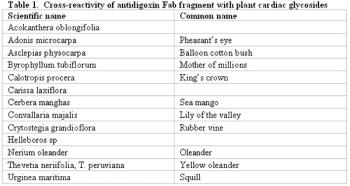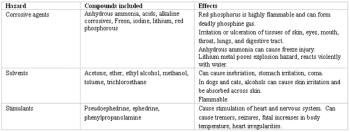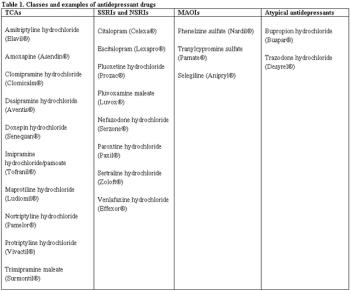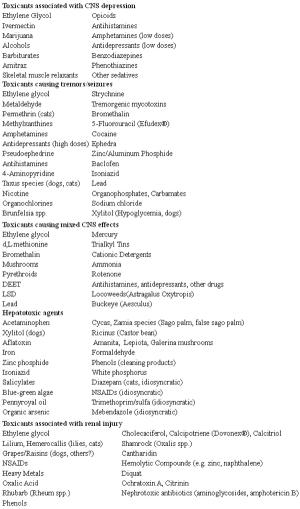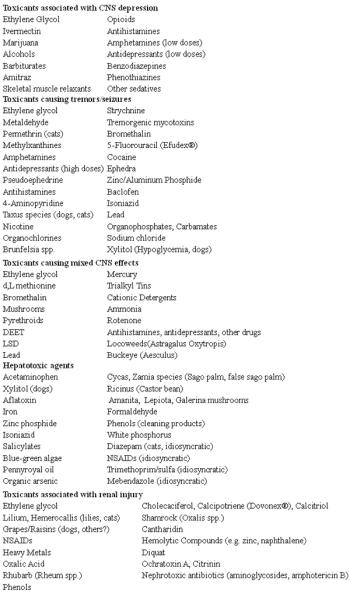
Close attention to detail in evaluation of history and clinical findings, accurate and appropriate sample collection, maintenance of chain of custody of evidence and judicious use of analytical testing are imperative when investigating suspected intentional animal poisonings.



